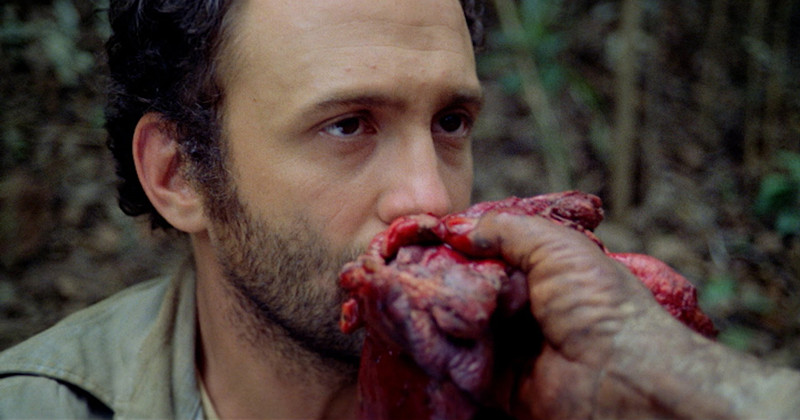
“Catch, catch a horror taxi, I fell in love with my video nasty”
– The Damned from “Nasty”, 1982
In the early 1980s, the United Kingdom’s National Viewers’ and Listeners’ Association (NVALA), a family values and media-watch organization, went on a censorship campaign to ban and prosecute films for graphic violence and sexual content.
In 1983, they devise a list of 72 features labeled as “Video Nasties” that were deemed inappropriate and might fall onto the impressionable eyes and ears of children. 39 of the films were successfully prosecuted under obscenity charges. By the turn of the century, the list became obsolete and since 2001, many of the banned or censored films were released uncut on home video, either on VHS, DVD and/or Blu-ray.
The following list contains 20 of the 72 Video Nasties based on the author’s choice and are listed in chronological order.
1. A Bay of Blood (1971)
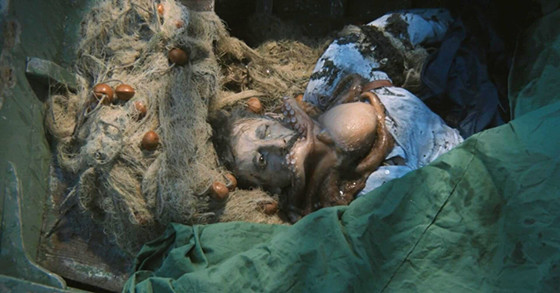
At a bayside mansion, Countess Federica is strangled by her husband Flilippo, who later stabbed by an unknown murderer. The man’s body is dumped in the bay. When the police investigate, they find a suicide note from the Countess, but the other slaying is not discovered.
Real estate agent Frank and his lover Laura were plotting to take possession of the bay and had devised a plan with Flilippo, but are uncertain of his whereabouts. Four teenagers break into the apparently vacant mansion, but are killed off.
Directed by Mario Bava, “Bay of Blood” began as story by him and Laura Betti, since they got along well during “Hatchet for the Honeymoon”. Many additional writers were drafted for the screenplay, initially called “Odore Di Carne” (“Stench of Flesh”). Due to the low budget, it was shot very cheaply and quickly. Effects and make-up artist Carlo Rambaldi provided realism for all the gruesome murders.
While it remains one of the most influential films of Bava’s career and pioneered the slasher genre, it became heavily edited and received multiple titles. Eventually, in 2010 a fully restored and uncut version was released on DVD.
2. The Last House on The Left (1972)
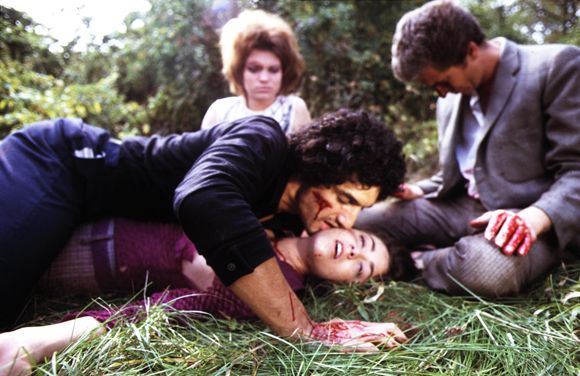
On the eve Mari’s seventeenth birthday, she and her friend Phyllis head to New York for an underground band’s concert. As they drive into town, they hear a news report about a couple of prison escapees, Krug and Fred, who are expected to regroup with two other dangerous accomplices, Sadie and Junior.
While Mari’s parents are prepping for the next day’s party, the teenage girls are trying to cop marijuana in the city from Krug’s son, who leads them back to where the rest of the gang is hiding out. The gang beat and raped the two young women, put them in the trunk of their car and attempt to flee to Canada. However, the car breaks down in woods near Mari’s house.
Inspired by Ingmar Bergman’s “Virgin Spring”, Wes Craven wrote, edited and directed his debut feature as attempt to make a “hardcore exploitation” film, but change the tone as shooting progressed. The MPAA slapped it with an “X” rating, so Craven cut nearly twenty-minutes from the original ninety-one minutes, but still received the same response. Eventually, he put all the footage back in and it was released with an “R” rating.
By the 1980s, it was banned in the UK, in addition to being severely edited. Many critics, notably Roger Ebert, would go on to defend and praise it as an important piece of cinema. In the 2000s, the film was restored and released on DVD uncut, but in England sixteen to thirty-one seconds was edited out to get the 18+ certification rating.
3. Let Sleeping Corpses Lie (1974)
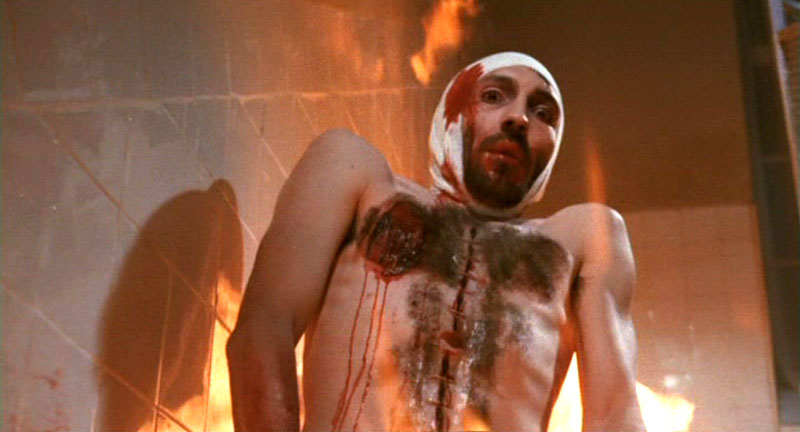
Antique shop owner, George, is taking time off to work on his new home in England’s Lake District. During the route, his motorcycle is damaged by a car own by Edna, who agrees to give him a ride to his house, while she on her way to visit her heroin addict sister, Katie. More complications arise as George is briefly separated from Edna, who is attacked by a strange man who quickly disappears.
While Katie fights with her husband, Martin, who goes to a waterfall to take photos, but is killed by the mysterious man. When George and Edna arrive Katie’s house, she is frantic and they report the murder to the police who believe the disturbed woman is responsible. The cops later suspect a satanic hippy cult is responsible for the mutilations, but in actuality it is ultra-magnetic radiation waves that is used by the Ministry of Agriculture to kill insects.
Directed by Jorge Grau, “Let Sleeping Corpses Lie” was released in Spain and Italy during the fall of 1974. In 1975, it was renamed “Don’t Open the Window” for the American release and subsequently endured many alternative titles in other countries. Despite some controversies, it is revered as one of the better zombie films of its time.
4. Night of The Howling Beast (1975)
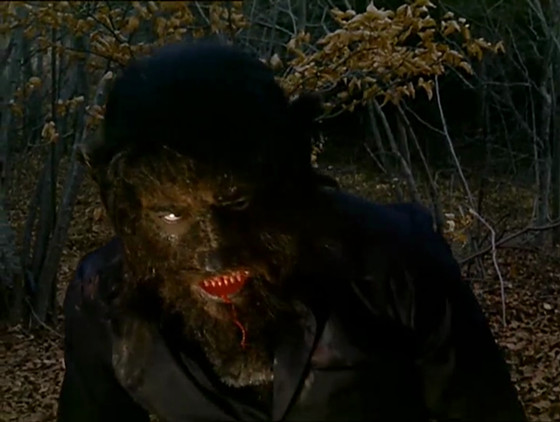
Adventurer, Waldemar Daninsky (Paul Naschy aka Jacinto Molina) joins an expedition in Tibet to search for the Yeti, otherwise known as the Abominable Snowman. Much to his dismay, he is kidnapped by two vampire women and use him as a sex-slave.
Eventually, they turn Waldemar into a werewolf and set him loose on the mountain, who goes a murderous rampage whenever the moon is full. The rest of the expedition is captured and tortured by Tibetan pirates. When not in werewolf form, Daninsky seeks guidance from a Buddist monk to alleviate his condition. At some point, the werewolf and Yeti encounter each other and duke it out.
Directed by Miguel Iglesias (M.I Bonns) from a script by Jacinto Molina (Paul Naschy), “Night of the Howling Beast” also known as “Curse of the Beast” has a many other titles. It is the eighth installment of Count Waldemar Daninsky’s travels and lycanthropy.
Released in its native country of Spain, then making it way to America and France in 1977. As of 2016, it has never been officially released in the UK due to the graphic nature of nudity and gore.
5. Last Stop on The Night Train (1975)
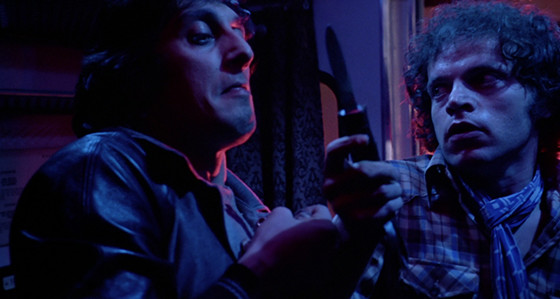
Two teenage friends, Margaret (Irene Miracle) and Lisa (Laura D’Angelo) take a night train from Germany to Italy so they can spend the holidays with the latter’s parents. Upon boarding, they have to sit in the corridor, where they encounter Blackie (Flavio Bucci) and Curly (Gianfranco De Grassi), two thugs running from the police. The girls hide the guys from ticket collectors, but later the train is delayed because of a fight and bomb threat.
They hop on another train and attempt to flee the crass men, but they are followed by them along with a perverted, rich blonde woman (Macha Meril). Margaret and Lisa are held captive, raped and killed by the three deranged people. When threesome arrive in Italy, Lisa’s unsuspecting parents are waiting at the station and of them a ride to their home. Upon hearing a new report about the recovery of the bodies, the father extracts his revenge.
Directed by Aldo Lado, “Last Stop on the Night Train” borrows much from Wes Craven’s “Last House on the Left” and was even known as “Second House on the Left” in addition to other variations. The film score was composed by Ennio Morricone. Up until 1984, the film was banned in the UK but wasn’t released on DVD uncut until 2008.
6. Island of Death (1976)
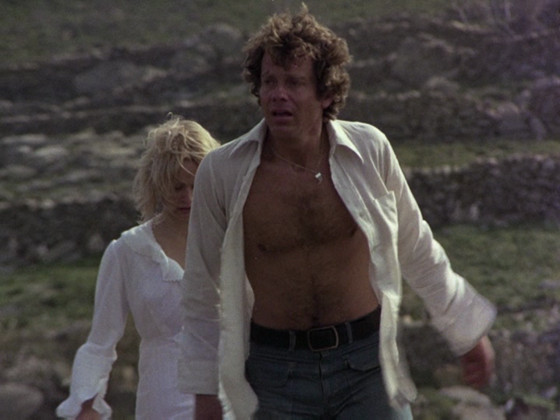
Apparently normal newlyweds, Christopher and Celia, are vacationing on a Greek island. However, the couple are sexual sadists and killers who left London to go a murderous spree. Nobody is safe and they kill without remorse.
After a body count starts to accumulate, Celia begins to resist Christopher’s intentions. He continues to carry out his uncontrollable actions, while she has dreams of a mysterious man who eventually manifests in the waking world of their nightmares.
Written and directed by Nico Mastorakis, who was inspired by the success of “Texas Chainsaw Massacre” to make a film more violent and perverse with limited artistic motivations with the hopes of making money. Tackling subjects from psychopathic violence, deviant sex, incest and bestiality, it acquired a cult following.
When Mastorakis got word that bootleg copies were selling online for large sums of money, in 2011 he supervised the transfer of the original negative onto DVD.